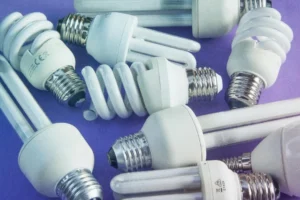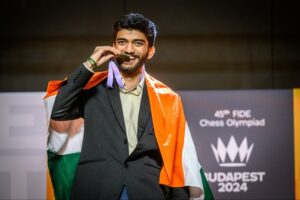Recent study shows that bacteria could break down different kinds of plastic. The new advances could lead to easier, high-quality recycling, and help deal with toxic plastic pollution.
The world is drowning in plastic, but only 9% of plastic products are ever recycled. Every year, over 17 trillion pounds (7.72 trillion kilograms) of plastic are washed into the oceans.But bacteria may help recycle, even when humans don’t.
Bacteria are tiny living things – so small you need a microscope to see them. Bacteria feed themselves and grow in many different ways. Some bacteria can “eat” other things by changing the chemicals in those things into something that will help the bacteria grow.
The secret to this is enzymes. Bacteria use enzymes to cause chemical changes. Enzymes can work like a pair of scissors, snipping and breaking apart other materials.
PET
Most people are familiar with PET* plastic. It’s used in water and soda bottles. About 140 billion pounds (63.5 billion kilograms) are produced every year. Most PET is thrown away, but even when it’s recycled, it can’t be made into new bottles. Usually it’s turned into products like carpets.
In 2012, in a pile of decaying leaves, scientists discovered an enzyme called LCC* that slowly breaks apart PET plastic. Years later, scientists working at the French company Carbios chose LCC from nearly 100,000 enzymes. It was the best at breaking down PET.But the scientists wanted to improve LCC. They studied the enzyme and the way it attacked the PET. By testing thousands and thousands of slight changes to the enzyme, they came up with a new version of LCC. The new version can survive at higher temperatures and can eat through PET very quickly.
The process turns the PET plastic back into the materials that it was made from. Those materials can then be used again to make new bottles or other products
The researchers tested their new LCC against the original enzyme, and were impressed with the results. When the conditions were just right, the new enzyme was able to break up 90% of the PET in just 10 hours. The original enzyme took about 20 hours and only broke up half of the PET.
Carbios hopes to start recycling plastic on a large scale by 2024 or 2025.
Polyurethane
Polyurethane is light and flexible. It’s used in products from shoes to diapers. It’s also used in larger products like furniture, refrigerators, and even buildings. In 2015, Europe produced around 7 billion pounds (3.18 billion kilograms) of polyurethane.
But polyurethane is hard to recycle, since it doesn’t melt when it’s heated. It also contains dangerous chemicals that can cause cancer.In March, German scientists reported on a new kind of bacteria that can help break down polyurethane. The scientists found the bacteria, called Pseudomonas sp. TDA1, in an area with lots of older, cracking plastic. It’s the first kind of bacteria known to help break down polyurethane.
The scientists hope that by studying the way the bacteria attacks polyurethane, they’ll discover new ways of breaking down this dangerous plastic.








